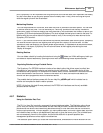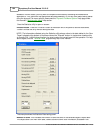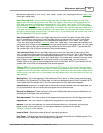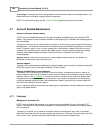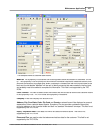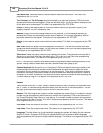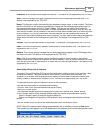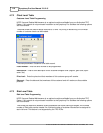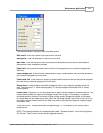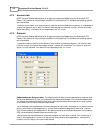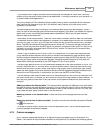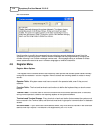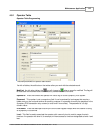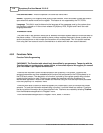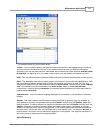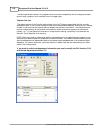
Maintenance Application 111
© 2005 TOSHIBA TEC AMERICA AMERICA RETAIL SYSTEMS, INC. R1.0a
This example shows a Customer Risk Level table record.
Risk level #:
Enter the number to be used for this risk level.
Description:
Enter the description to use for this risk level.
Max credit:
Enter the maximum credit that customers associated with this level will be allowed to
reach before further charges are refused.
Check limit
is the maximum check amount that is to be accepted from any customer assigned this
Risk level.
Check change limit
is the maximum change amount (after a check tender) that should be returned to
any customer assigned to this Risk level.
Check week limit
is the maximum number of checks and the maximum amount that can be accepted
per week for any customer assigned to this risk level.
Accept check
is used to define the check acceptance level for any customer assigned to this risk
level. The options are: "1" allow check payment, "2" request manager authorization and "3" refuse
check payment.
Interest Rate:
Symphony Pro can be programmed to apply interest charges on overdue amounts. The
interest fees are based on unpaid store charges that are over 30 days. For example, if a customer
purchases goods on account in the month of May and the amount charged during May is left unpaid,
no interest fees are calculated during June. When the "Generate Interest" event runs on the 1st of July,
the system uses the interest rate from the Risk Level table to calculate the interest on unpaid charges
from before June.
Enter the YEARLY interest rate without the percent sign "%". For example, a 2% monthly rate is
entered as 24.
NOTE:
The interest calculation is a scheduled task called
"Generate Interest"
found in the Symphony
Pro "Events / Tasks" menu, but can also be triggered manually.



